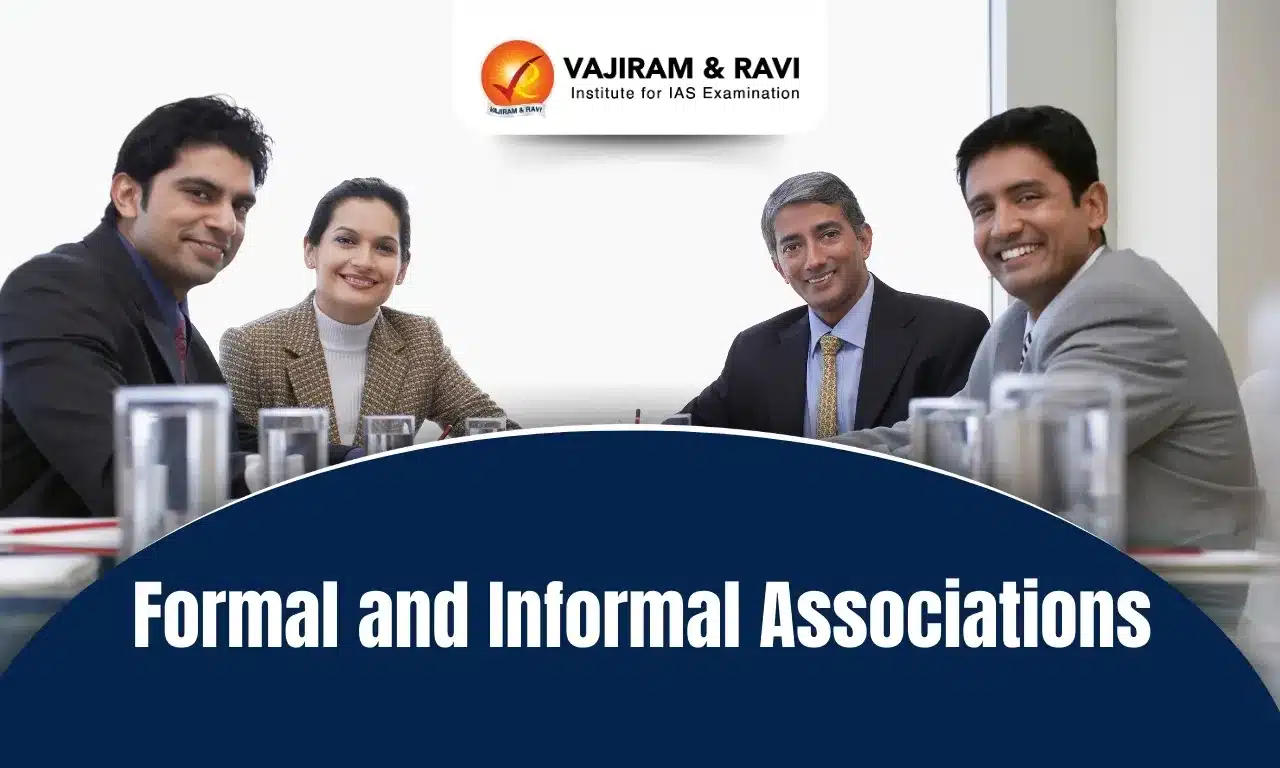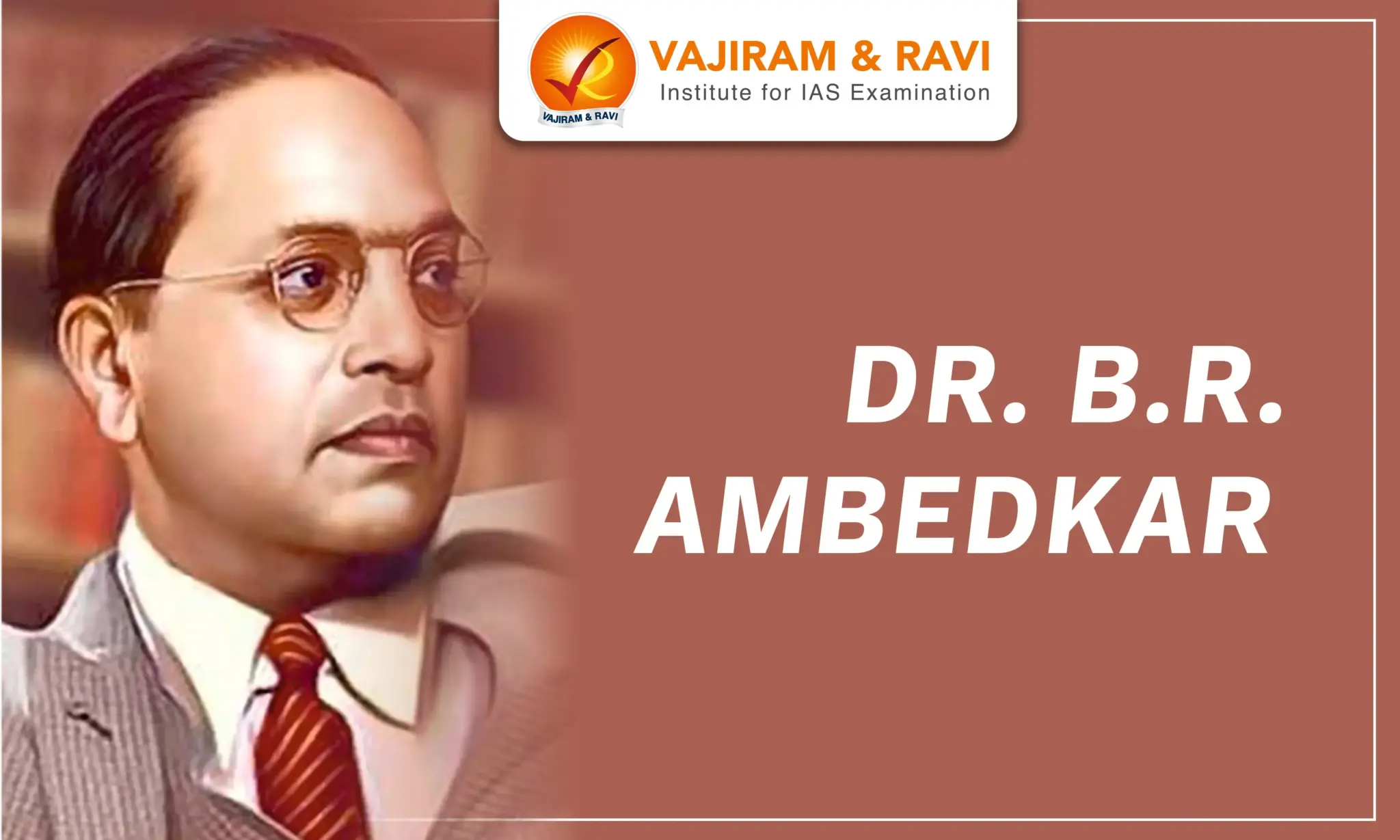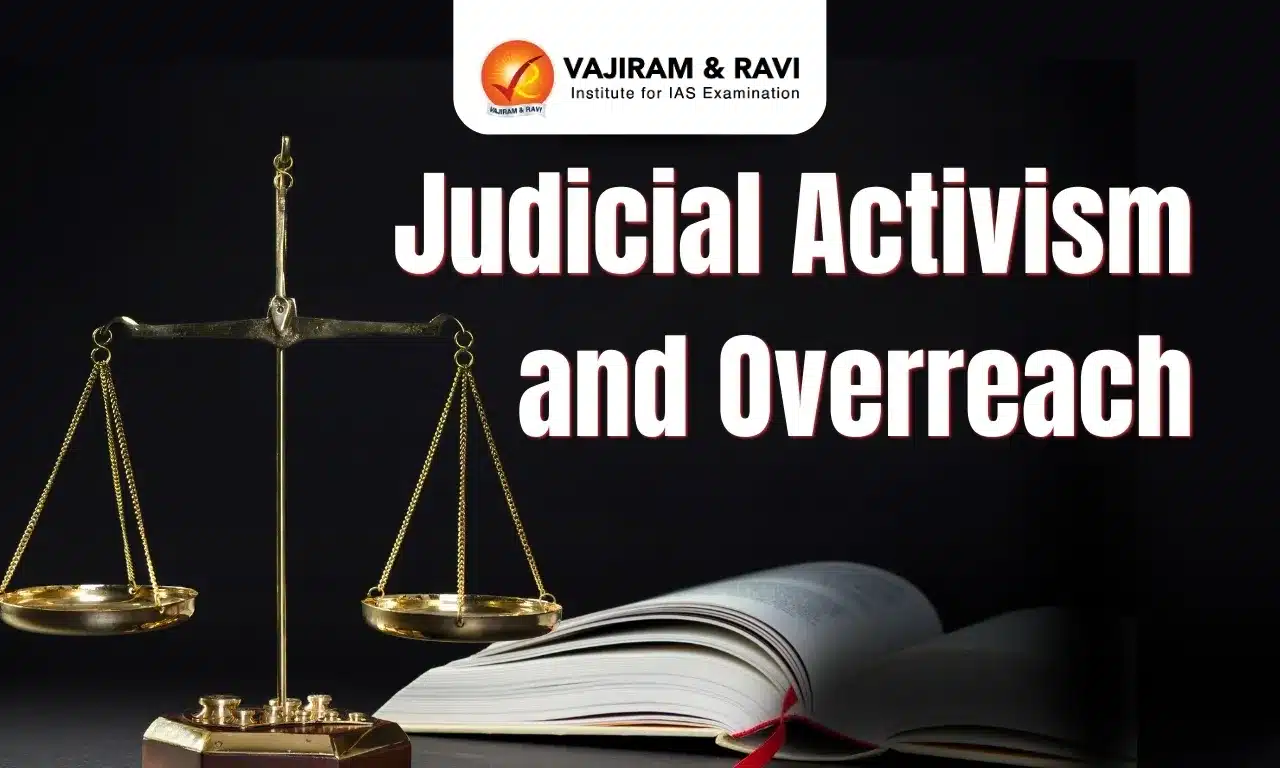What are Formal and Informal Associations?
Formal associations refer to groups or organizations with a defined structure, set of rules, and formal membership procedures. Examples of formal associations include political parties, trade unions, and professional organizations.
Informal associations refer to groups or organizations that do not have a formal structure or set of rules. They may be loosely organized and have a more fluid membership. Examples of informal associations include community groups, grassroots movements, and social networks.
| Formal Associations | Informal Associations |
| Have a defined structure and set of rules. | Do not have a formal structure or set of rules. |
| Have formal membership procedures. | Have a more fluid membership. |
| Have a defined leadership | May or may not have a defined leadership |
| Have a constitution, by-laws, and financial regulations | May not have any constitution, by-laws, or financial regulations |
| Have regular meetings and activities | Meetings and activities may be informal and irregular |
What are the different types of Formal and Informal Associations in India?
| Formal Associations | Informal Associations |
|
|
|
|
|
|
|
|
|
|
|
|
What is the importance of Formal and Informal Associations in a democracy?
Formal and Informal Associations play an important role in strengthening democracy. Some of the important functions performed by these associations are:
- Political Representation: Formal associations, such as political parties, trade unions, and professional organizations, provide representation and advocacy for specific interests and groups.
- Influence Public Policy: They tend to have more resources and organizational capacity to influence public policy and decision-making.
- Collective Action: They can also serve as a mechanism for collective action and decision-making.
- Political Education: They can also serve as a means for individuals to participate in civic life and political activism.
- Address grassroot issues: These associations, such as community groups and grassroots movements, can provide a platform for citizens to come together and address local issues and concerns.
- Builds Social capital: These associations can also help to build social capital and foster a sense of community among citizens.
- Check on formal associations: Informal associations can also serve as a check on formal associations by keeping them accountable to the public and raising awareness of neglected issues and perspectives.
Thus both formal and informal associations have the potential to promote citizen participation, representation, and advocacy in the political process and contribute to the overall health of a democratic society.
What are the limitations of Formal and Informal Associations?
Some of the limitations of formal and informal associations are
- Bureaucratic hurdles: Formal associations may be constrained by their bureaucratic structures and rules, which can limit the participation and representation of members.
- Vested Interests: They may also be influenced by the interests of their leaders or powerful members rather than the needs of the broader membership.
- Vulnerable to External Influences: They may be more vulnerable to external influences, such as government repression or co-optation by more powerful actors.
- Lack of clear goals: Sometimes, these associations may also lack a clear agenda, strategy, and clear goals.
- Lack of resources: Informal associations may be limited by a lack of resources, organizational capacity, and decision-making structures.
- Lack of leadership: Informal associations sometimes lack clear leadership, structure, and resources.
Hence, both formal and informal associations have their own strengths and weaknesses, and the effectiveness of an association depends on the context, goals, and actors involved.
What steps can be taken to improve the functioning of the Formal and Informal Associations in India?
- Increasing collaboration and networking: Formal and informal associations can work together to achieve common goals and share resources.
- They can also form partnerships with other organizations, such as businesses and government agencies, to increase their impact.
- Advocating for policy change: Associations can use their collective voice to advocate for policy changes that align with their goals and mission.
- This could include lobbying for laws and regulations that promote social, economic, or environmental sustainability.
- Building capacity: These associations can work to build the capacity of their members and leaders to better achieve their goals.
- This could include training, mentoring, and providing resources such as funding and expertise.
- Emphasizing technology: Formal and informal associations can leverage technology to reach more people and make their activities more efficient.
- This could include using social media to promote their message, using online platforms to connect with volunteers and donors, or using data analytics to track their progress.
- Focusing on transparency and accountability: Formal and informal associations can increase transparency and accountability by providing clear and timely information about their activities and finances to members, donors, and other stakeholders.
Last updated on November, 2025
→ Check out the latest UPSC Syllabus 2026 here.
→ Join Vajiram & Ravi’s Interview Guidance Programme for expert help to crack your final UPSC stage.
→ UPSC Mains Result 2025 is now out.
→ UPSC Notification 2026 is scheduled to be released on January 14, 2026.
→ UPSC Calendar 2026 is released on 15th May, 2025.
→ The UPSC Vacancy 2025 were released 1129, out of which 979 were for UPSC CSE and remaining 150 are for UPSC IFoS.
→ UPSC Prelims 2026 will be conducted on 24th May, 2026 & UPSC Mains 2026 will be conducted on 21st August 2026.
→ The UPSC Selection Process is of 3 stages-Prelims, Mains and Interview.
→ UPSC Result 2024 is released with latest UPSC Marksheet 2024. Check Now!
→ UPSC Prelims Result 2025 is out now for the CSE held on 25 May 2025.
→ UPSC Toppers List 2024 is released now. Shakti Dubey is UPSC AIR 1 2024 Topper.
→ UPSC Prelims Question Paper 2025 and Unofficial Prelims Answer Key 2025 are available now.
→ UPSC Mains Question Paper 2025 is out for Essay, GS 1, 2, 3 & GS 4.
→ UPSC Mains Indian Language Question Paper 2025 is now out.
→ UPSC Mains Optional Question Paper 2025 is now out.
→ Also check Best IAS Coaching in Delhi
Formal and Informal Associations FAQs
Q1. What is a Civil Society organization?+
Q2. What are some of the legislations regulating Formal and Informal Associations in India?+

















